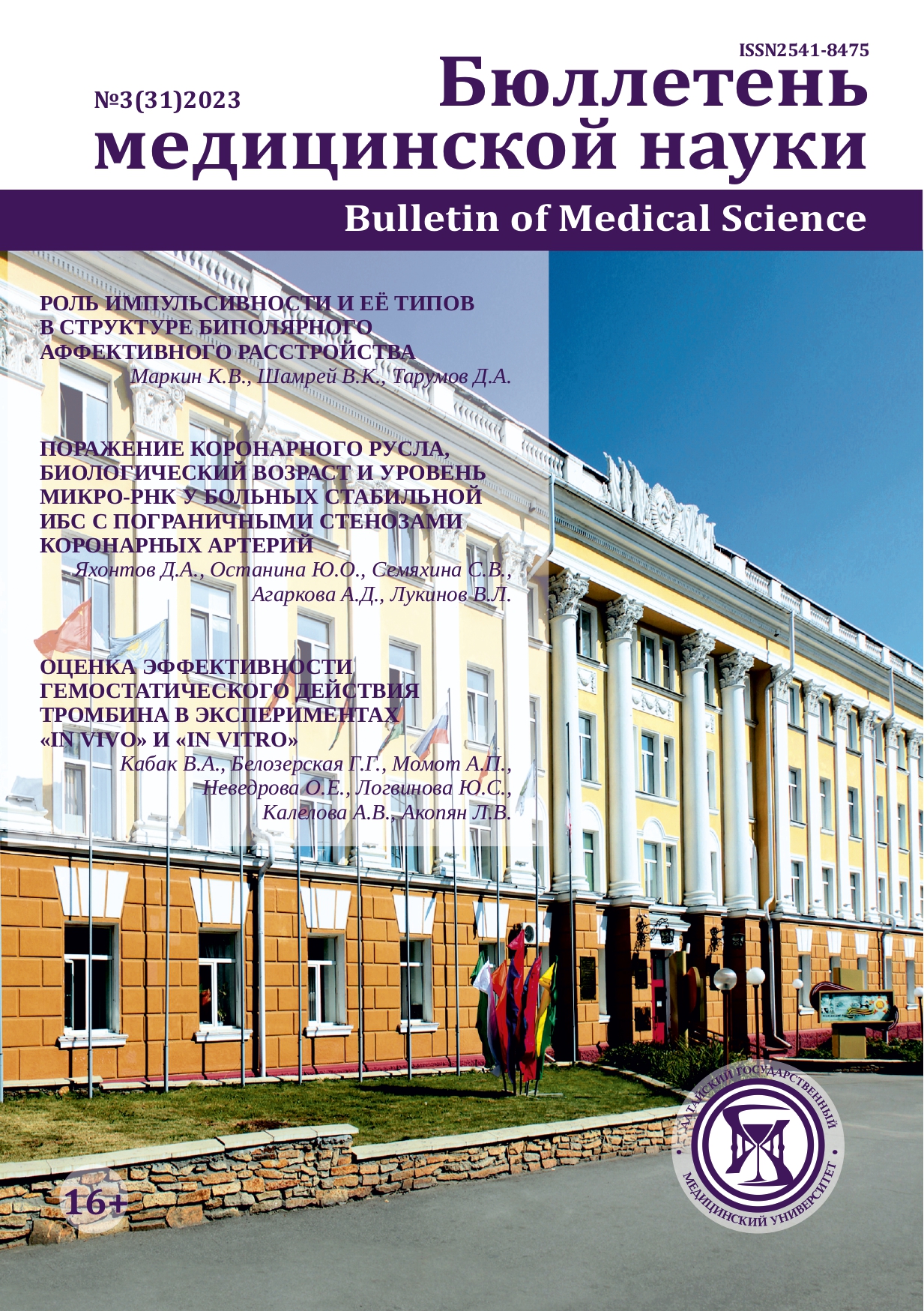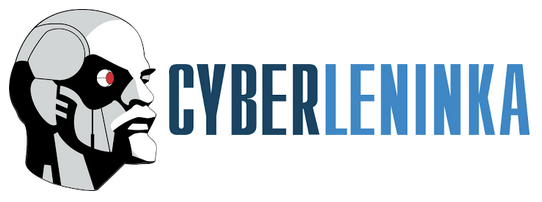POSSIBILITIES OF BALNEOTHERAPY APPLICATION IN COMPLEX TREATMENT OF HYPERCALCIURIA IN CHILDREN
UDC 616.62-053.2:615.838
DOI:
https://doi.org/10.31684/25418475-2023-3-58Keywords:
children, idiopathic hypercalciuria, «Silver Key» mineral waterAbstract
The annual increase in the number of children with urolithiasis dictates the need to develop an integrated approach to prevent the development of this pathology. The most common metabolic disorder that can lead to the development of KSD is idiopathic hypercalciuria (IG). One of the main components for the correction of hypercalciuria is an adequate drinking regimen, including low-mineralized and slightly alkaline mineral waters. The aim of the study was to evaluate the effectiveness of Silver Key mineral water usage in the complex therapy of IG in children. Materials and methods. The study included 50 children with IG aged 3 to 17 years who underwent a study of clinical and anamnestic data, a laboratory study of blood and urine to assess indicators of phosphorus-calcium metabolism, and an ultrasound examination of the urinary system. During the study, two groups of children with IG were formed. The children of the study group (n=30) received Silver Key mineral water in the complex therapy of IG, the children of the control group (n=20) received ordinary drinking water as a drinking regimen. After therapy in groups of children, a comparative evaluation of effectiveness of the therapy was carried out according to clinical and laboratory parameters. Results. We found that in the children of the study group, in the background of Silver Key mineral water in the complex therapy, there was a positive trend that exceeded the effectiveness of the treatment of patients in the control group. The percentage of children who consumed mineral water, in which normalization of clinical and laboratory manifestations of IG was recorded, turned out to be significantly higher. Conclusion. The addition of Silver Key mineral water to the IG treatment regimen significantly reduces the increase in urinary calcium excretion and helps to reduce the severity of clinical manifestations of IG in children, allowing us to recommend its use for correction of IG and prevention of urolithiasis in children.
Downloads
References
Downloads
Published
How to Cite
Issue
Section
License
Copyright (c) 2023 Юрий Федорович Лобанов, Людмила Анатольевна Строзенко, Яков Федорович Зверев, Евгений Васильевич Скударнов, Наталия Михайловна Михеева, Надежда Анатольевна Текутьева

This work is licensed under a Creative Commons Attribution 4.0 International License.












